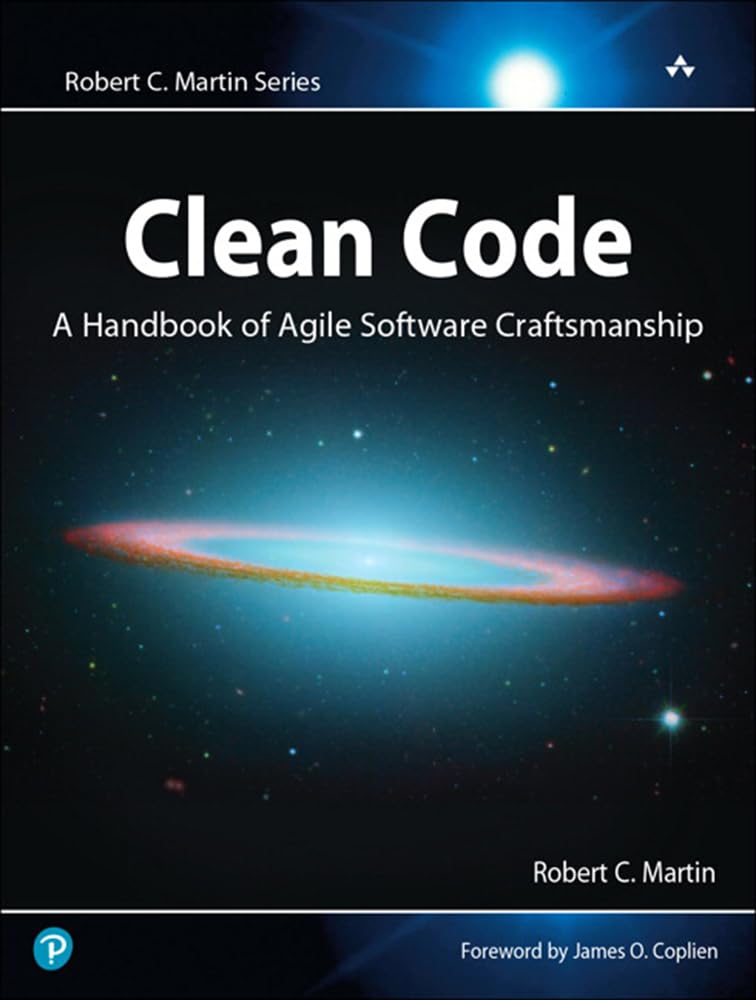In the ever-evolving landscape of software development, certain principles remain timeless, serving as the foundation for efficient and sustainable code. One such cornerstone is Clean Code: A Handbook of Agile Software Craftsmanship by Robert Martin. While the software industry has witnessed significant changes in requirements, tools, and methodologies over the years, the core principles laid out in this seminal work continue to hold immense value.
Changes in Requirements Over Time
It’s true that some of the specific advice in Clean Code has evolved or even become outdated due to advancements in software engineering. For instance, modern tools and frameworks have streamlined tasks that once required more manual effort, and cloud computing, microservices, and containerization have introduced new architectural patterns. Agile practices and DevOps have transformed team dynamics, and certain coding techniques mentioned in the book might no longer be directly applicable in their original form.
However, the spirit of Clean Code—craftsmanship, clarity, and maintainability—remains as relevant today as it was when the book was first published. While certain best practices have shifted or been automated, the core tenets of writing clean, readable, and maintainable code still form the backbone of successful software projects, whether personal or enterprise-level.
The Timeless Value of Clean Code
What makes Clean Code essential reading today is not necessarily the exact examples or specific languages, but the underlying principles of how to write code that is easy to understand, test, and modify. In a team setting, this is crucial to avoid the nightmare of “spaghetti code,” where making changes or fixing bugs becomes a daunting task. Even in personal projects, adhering to clean code principles instills good habits that prevent technical debt, ensuring that the code remains manageable as the project grows or if it needs to be revisited after a period of time.
Key principles like writing meaningful names, keeping functions small and focused, and avoiding unnecessary complexity continue to serve as the foundation for sustainable codebases. These conventions foster a shared language among developers, enabling easier collaboration, review, and handover between team members.
Clean Code for Collaboration and Scalability
One of the most valuable aspects of Clean Code is how it establishes a common understanding and agreement on coding conventions across teams. Whether you’re working in a small startup or a large enterprise, aligning on coding standards early on prevents miscommunication and future rework. It saves time by reducing misunderstandings, eliminates redundant decision-making, and minimizes friction during code reviews.
When developers stick to the principles outlined in Clean Code, they can create a cohesive coding environment where each team member’s contribution feels consistent and clear. It creates a “contract” within the team that improves the maintainability and scalability of the project, whether it’s a simple web application or a complex distributed system.
Clean Code in Personal Projects: A Habit, Not an Option
Many developers might feel tempted to take shortcuts when working on personal projects, thinking that because no one else will see the code, quality doesn’t matter as much. However, building clean coding habits should start in personal projects, where developers have complete control. When clean code becomes a routine, developers will find it much easier to transition those habits into team environment, where the stakes are higher.
Clean Code emphasizes that clean code is a mindset. Adopting this mindset early on ensures that projects, no matter their scale, avoid technical debt, are easier to expand, and are far less prone to bugs and performance issues.
Conclusion: The Book is Still Worth Reading
Even though some aspects of Clean Code may feel dated, the book remains an essential resource for developers who want to build robust, scalable, and maintainable software. The coding principles it teaches—clarity, simplicity, and good craftsmanship—apply to projects of all sizes, whether personal or enterprise-level.
If you’ve never read the book, now is an excellent time to do so. It may not provide all the answers for modern technologies and frameworks, but it offers a solid foundation upon which you can build and improve your software development practices. For teams, it’s a vital resource for setting coding conventions and ensuring that everyone is on the same page from the start. For individuals, it instills discipline and helps make clean code a natural part of the coding process.
In a world where software development is continuously evolving, clean code will always be a necessity.
